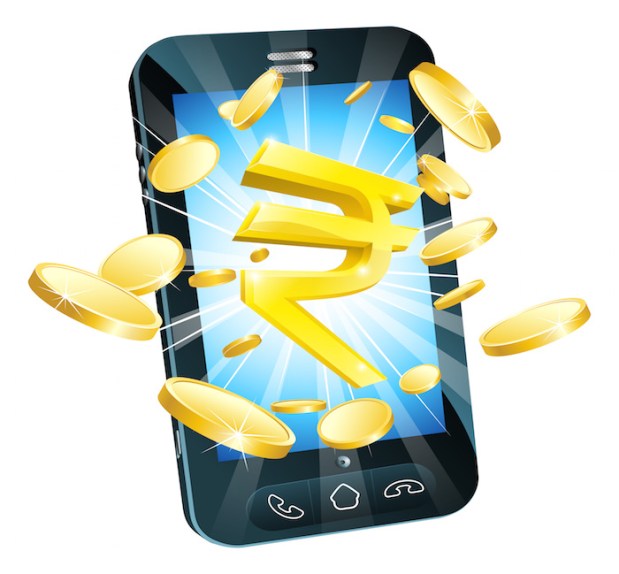Paytm Mobile Wallet Hits 50 Million Milestone

Indian mobile payments processor Paytm has passed 50 million mobile wallets and expects to hit 100 million this year, LiveMint.com reported on Monday (April 13).
About 16 million of those wallets are actually used in any month, with the average user spending through it four times a month, with a total of more than 60 million monthly transactions, the company announced Monday.
The Paytm wallet’s use is being driven in part by a company campaign to get autorickshaw and cab drivers to adopt it for hassle-free passenger payments, Paytm CEO Vijay Shekhar Sharma said. Along with independent drivers, certain branches of taxi-hailing service Uber accept Paytm’s wallet for rides in India.
Paytm, which also supports money transfers between wallets as well as wallet-to-bank transfers, is also planning to spend close to 5 billion rupees ($80 million) on advertising, brand building and marketing this year — including $8 million sponsoring the popular Indian Premier League cricket tournament and as the official sponsor of the Mumbai Indians team.
In part that’s possible because of Alibaba’s investment in Paytm’s parent One97 Communications in February, which handed the Indian company $575 million and gave Alibaba a 25 percent stake in the company, as well as a foothold in India, where Alibaba’s Chinese rivals including Tencent and Baidu have also staked their claims, along with U.S. eCommerce giant Amazon.
That’s especially important to the Chinese players, because while the battle lines are solidly drawn in China — Amazon controls the vast majority of eCommerce-related payments there, while Tencent’s WeChat online service does most of money transfers related to online gaming and social media — in India, mobile wallets are still rapidly growing, especially as an alternative to banks. (Despite a population of 1.2 billion, India has only 450 million bank accounts, many of which are inactive.)
And with India expected to become the third-largest economy in the world by 2030, according to U.S. Department of Agriculture numbers, none of the payments players from China — which will be second-largest, after the U.S. — want to risk being left behind.